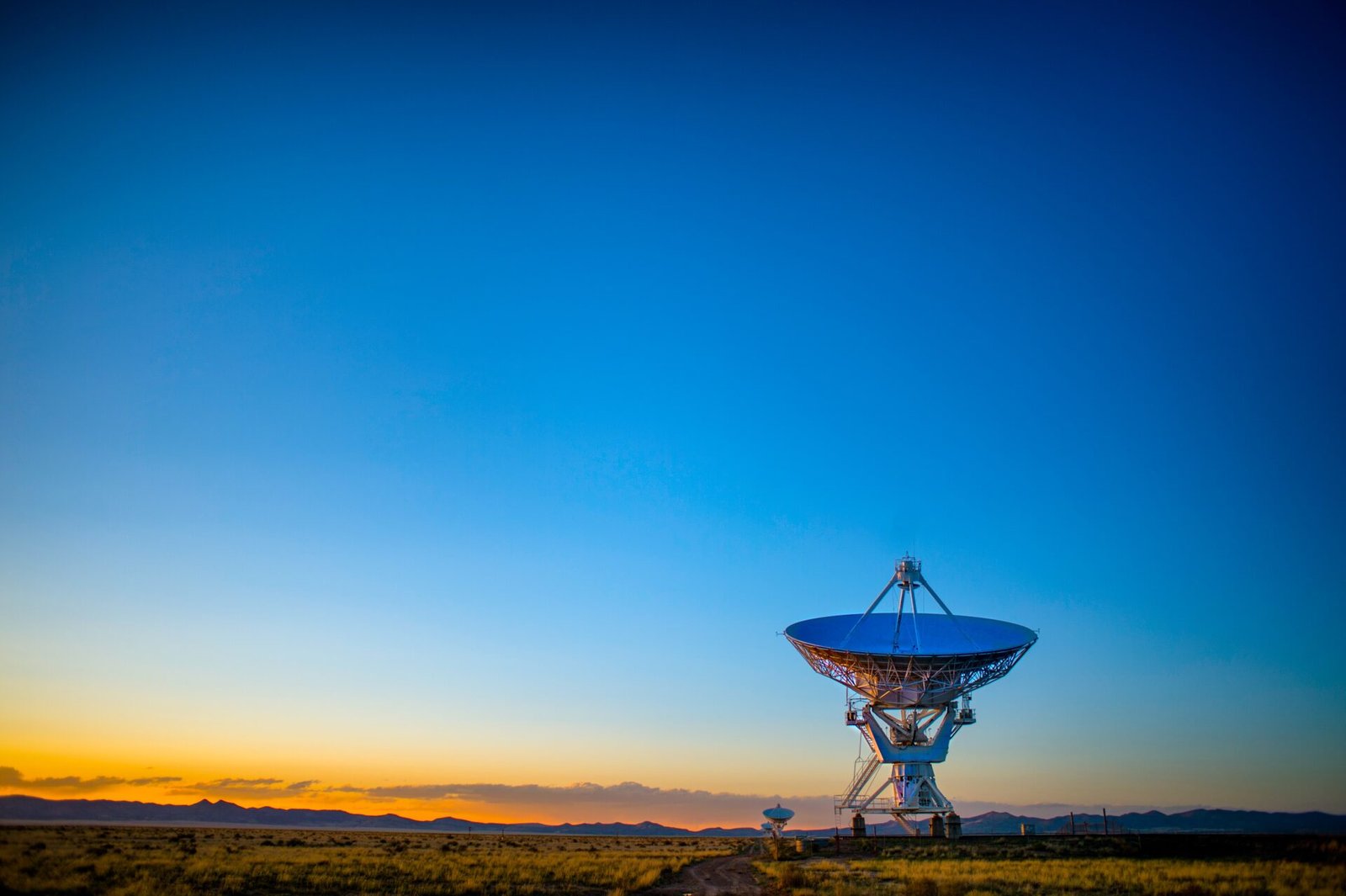- It has been two years since China’s Tianwen-1 probe slipped into orbit around Mars. The orbiter has carried scientific instruments on its journey and relayed a torrent of data to Earth, making contributions to many interplanetary exploration discoveries in that time.
Two years ago today, China made a historic step in space exploration with the launch of the Tianwen-1 Mars probe. In just two short years, the probe has already made countless groundbreaking discoveries about the red planet and established itself as China’s first artificial satellite orbiting Mars.
Composed of an orbiter, rover, and lander, the Tianwen-1 probe successfully entered the Martian orbit on February 10th, 2021 after a journey of over 475 million kilometers that lasted 202 days.
This marks a major milestone for China in space exploration and a sign of the country’s growing ambitions in this field
This amazing orbiter is packed with cutting-edge technology that integrates functions of a spacecraft, communicator, and detector. With seven powerful scientific payloads, it’s set to explore the topography, mineral composition, and magnetic field of Mars like never before.
Before the orbiter even reached its destination, it was already working hard. It served as a spacecraft, carrying the rover and lander, and executed a deep-space maneuver and four mid-course corrections with ease.
The orbiter also captured stunning high-resolution images and multi-spectral data of the pre-selected landing area during its parking orbit. This helped prepare for a smooth landing on the Martian surface.
And on May 15, 2021, the orbiter’s mission reached a whole new level when the landing module, complete with the lander and the rover Zhurong, detached and made a successful landing on Utopia Planitia, in the southern part of the icy region of the planet.
But the orbiter wasn’t done yet. For roughly half a year, it continued to provide relay communications as the rover Zhurong took its first steps on the Martian surface.
In November of ’21, the Mars orbiter entered the remote-sensing phase and began its worldwide scientific exploration. And on June 29th of the following year, the China National Space Administration dropped a bombshell: they had acquired medium-resolution imagery of the entire Martian surface. Using this data, Chinese researchers have crafted the first ever full-color global image of the Red Planet.
In July 2022, the orbiter sent back some seriously stunning shots of Phobos, Mars’ moon, and what do we see? An irregular shape reminiscent of a potato.
It’s been an exciting journey for the Mars orbiter as of December 29, 2022, it has now been operating for 687 Earth days, which translates to one full Martian year. And it’s not just the exploration data that has been a success, the engineering data gathered from the orbiter platform has been equally fruitful.
However, there was a slight hiccup during September to October 2021, when the orbiter and the rover Zhurong lost communication with Earth due to a solar conjunction phenomenon. Despite this setback, scientists on Earth and in space worked together to collect valuable data on the velocity of coronal plasma ejections, the intricate structure of coronal waves, and the formation of high-speed solar wind flows using the communication signal engineering data during the period.
